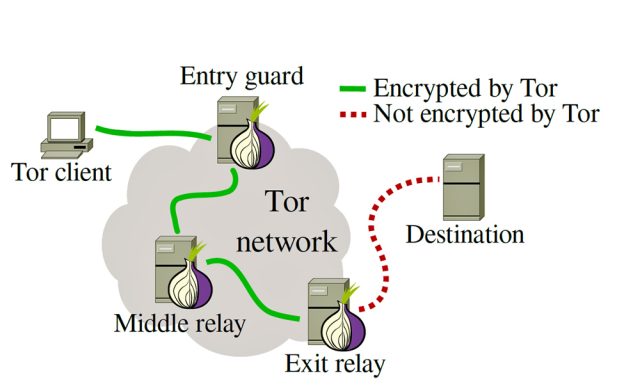
Computer scientists have identified almost two dozen computers that were actively working to sabotage the Tor privacy network by carrying out attacks that can degrade encrypted connections between end users and the websites or servers they visit.
The "spoiled onions," as the researchers from Karlstad University in Sweden dubbed the bad actors, were among the 1,000 or so volunteer computers that typically made up the final nodes that exited the Tor—short for The Onion Router—network at any given time in recent months. Because these exit relays act as a bridge between the encrypted Tor network and the open Internet, the egressing traffic is decrypted as it leaves. That means operators of these servers can see traffic as it was sent by the end user. Any data the end user sent unencrypted, as well as the destinations of servers receiving or responding to data passed between an end user and server, can be monitored—and potentially modified—by malicious volunteers. Privacy advocates have long acknowledged the possibility that the National Security Agency and spy agencies across the world operate such rogue exit nodes.
The paper—titled Spoiled Onions: Exposing Malicious Tor Exit Relays—is among the first to document the existence of exit nodes deliberately working to tamper with end users' traffic (a paper with similar findings is here). Still, it remains doubtful that any of the 25 misconfigured or outright malicious servers were operated by NSA agents. Two of the 25 servers appeared to redirect traffic when end users attempted to visit pornography sites, leading the researchers to suspect they were carrying out censorship regimes required by the countries in which they operated. A third server suffered from what researchers said was a configuration error in the OpenDNS server.
Read 8 remaining paragraphs | Comments




